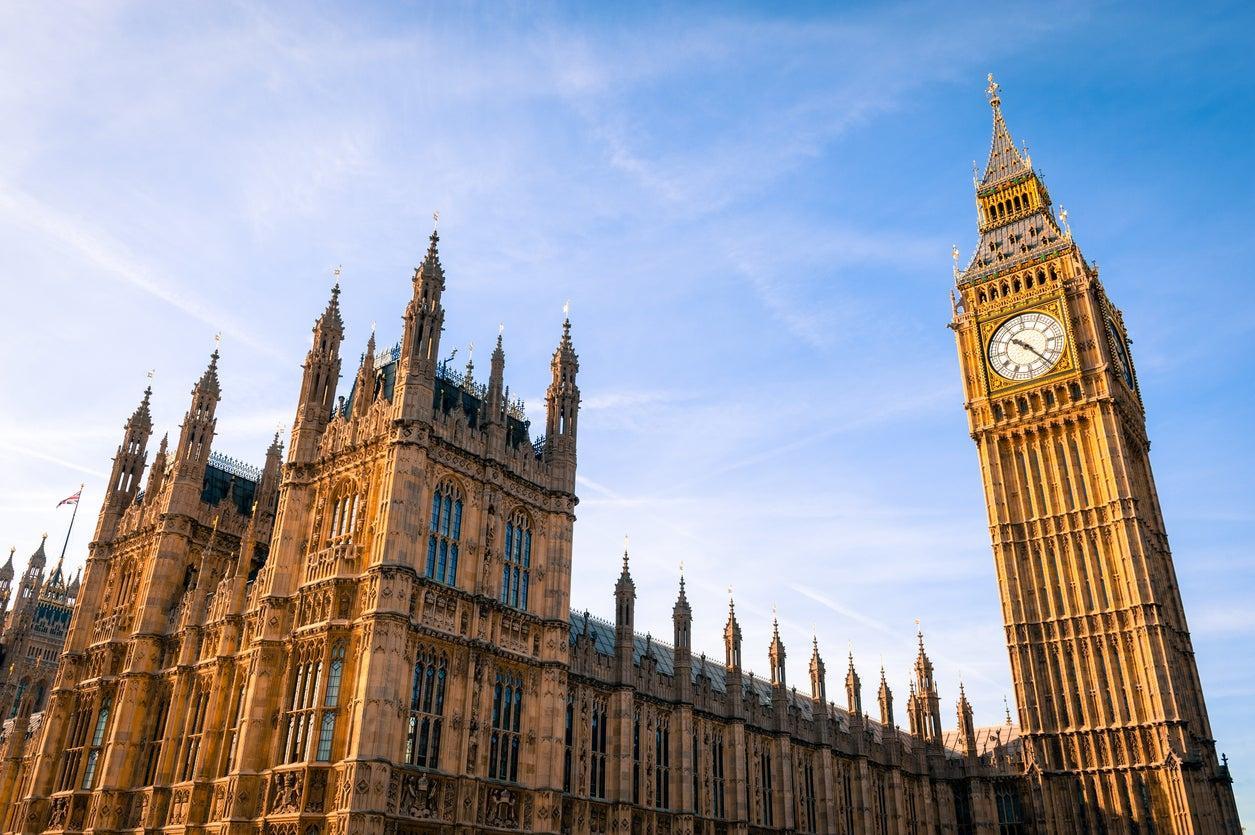The path out of the Covid-19 pandemic is a winding one
What had been intended as a triumphal march towards “freedom day” has resembled a stomach-churning tightrope walk, writes Andrew Woodcock


Walking through the Palace of Westminster, I have noticed something I find truly momentous.
They are peeling the “two-metre distancing” stickers off the floors of the corridors, lobbies and tea-rooms where MPs, advisers and journalists mingle.
It may mean nothing, but the sight gave me more confidence than anything I’ve seen at a government press conference that the people in authority are starting to feel genuinely confident that we are finally on our way out of the pandemic.
Confidence has been in distinctly short supply over the past few weeks, as Boris Johnson’s four-step roadmap out of lockdown coincided with vertiginous rises in infections with the Delta variant of Covid-19.
What had been intended as a triumphal march towards “freedom day” has resembled a stomach-churning tightrope walk, as Johnson and his ministers have simultaneously withdrawn restrictions on our social life and urged us to remain cautious about our behaviour.
Uncertainty is a constant fact of political life – no one really knows whether a policy will work in advance, and quite often it’s difficult to tell whether it’s worked even years after its introduction.
But that uncertainty is multiplied many times when you are dealing with a virus which was unknown less than two years ago. It’s less than a fortnight since epidemiologist Neil Ferguson was saying it was “almost inevitable” that cases in the UK would hit 100,000 a day and possible they would top 200,000 (although he stressed that was unlikely) before starting a slow descent that would last deep into the autumn.
Then, after a plunge in cases lasting seven straight days, he declared that he would be happy to be proved wrong, and said he was “positive” the whole thing would be behind us by late September or early October. But no sooner had he spoken than the numbers started edging up again, amid warnings that the impact of the lifting of social distancing laws on 19 July had yet to feed through into the figures
Ferguson came under fire from US polling guru Nate Silver, who said: “I don’t care that the prediction is wrong, I’m sure this stuff is hard to predict. It’s that he’s consistently so over-confident.”
So, in that context who can blame the politicians for sweating as they move between assurances that the next stage of relaxations is “nailed on” and hints that it’s time to go back to the office on the one hand, and solemn invocations of the need for calm and warnings to take nothing for granted on the other.
However, looking at those removing the warning signs from a Westminster canteen floor, I couldn’t help wondering – would they really be doing this if they thought those stickers would still be needed when MPs return in September?
Yours,
Andrew Woodcock
Political Editor






Join our commenting forum
Join thought-provoking conversations, follow other Independent readers and see their replies
Comments